
by California Casualty | Educators |
Pi Day is celebrated every year on March 14th (3.14). Here are some fun ways you can celebrate Pi with your students!
With Actual Pie
Here is an activity that ensures minimal messes (we hope)
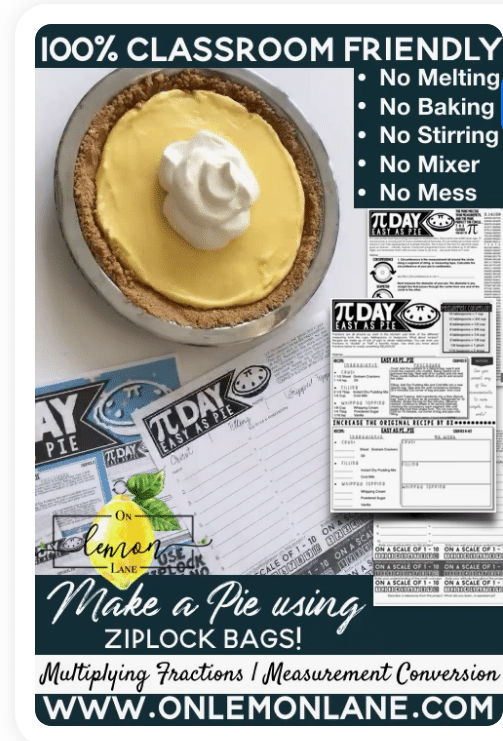
Make a Pi Bracelet
Or a necklace, you can make it as long as you want. Just don’t try and go get to the last number of Pi 😉
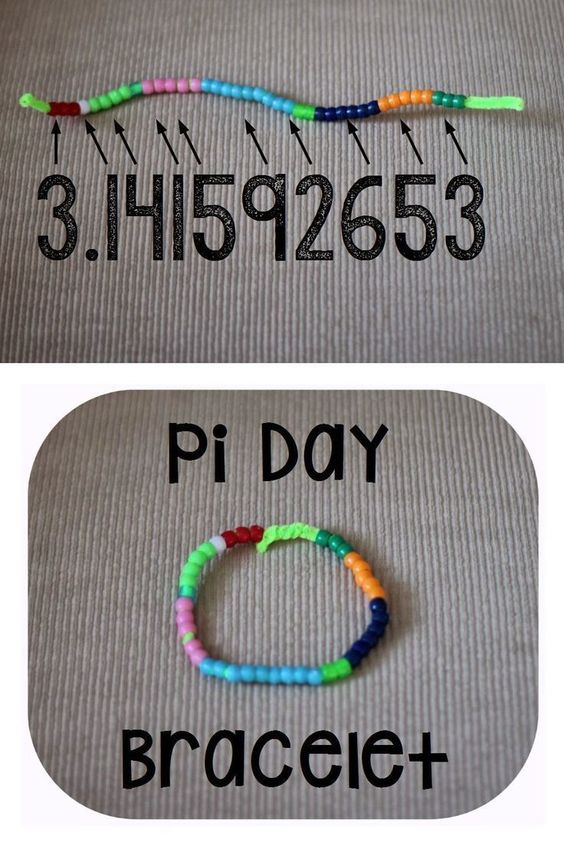
Have a Pi(zza) Party
….with a lesson attached, of course.

Do a Pi Lesson That Will Blow Their Minds
Measure the diameter and circumference of round objects like cans and plates, and then divide the circumference by the diameter. The answer will be 3.14 (Pi) every time.
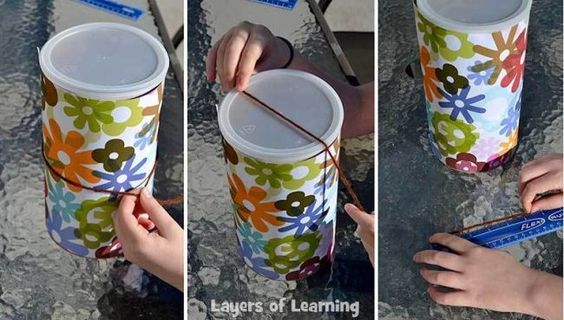
Play a Card Game
Take a break from all things circular and math-related and try something new. Click below to learn the rules!
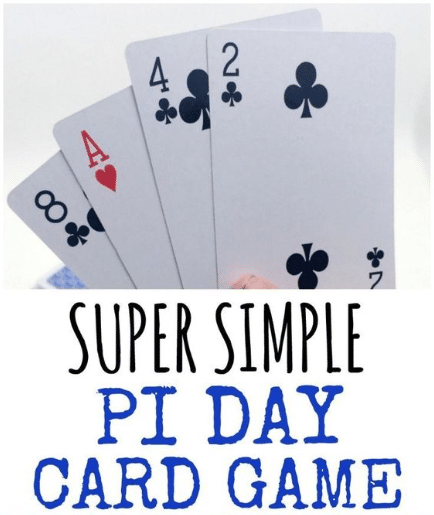
Read Sir Cumference and the Dragon of Pi
This one is a MUST every Pi Day
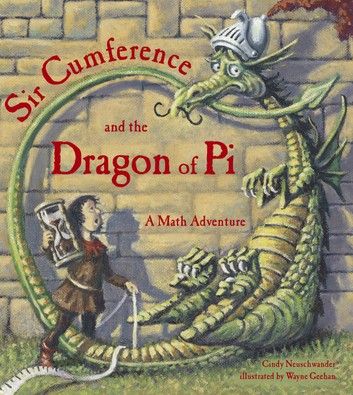
Make a Pi Day Poster
Give each student a different section to decorate however they want and then put them together at the end on a black wall and discover the masterpiece.

Do a Pi Day Scavenger Hunt
Where students have a limited time to find round objects hidden in your room and take their measurements.
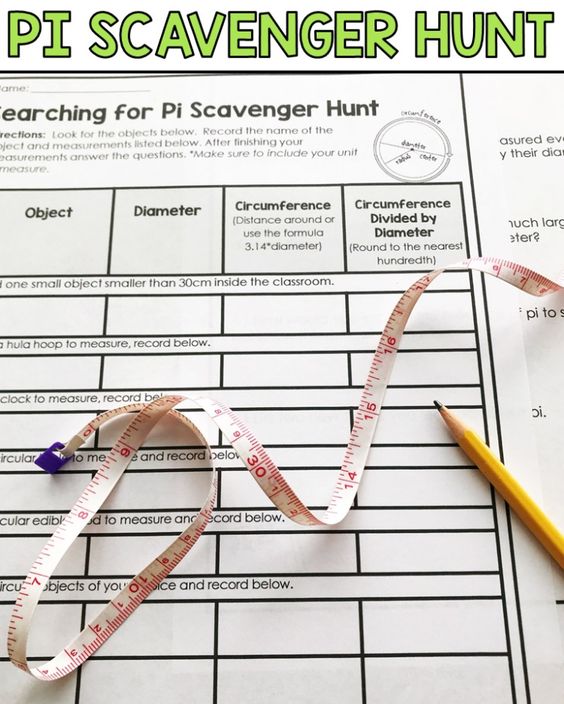
Build a Lego Pi-Line (or use paint and graph paper)
Really it’s a Pi Skyline, but we couldn’t miss the opportunity.
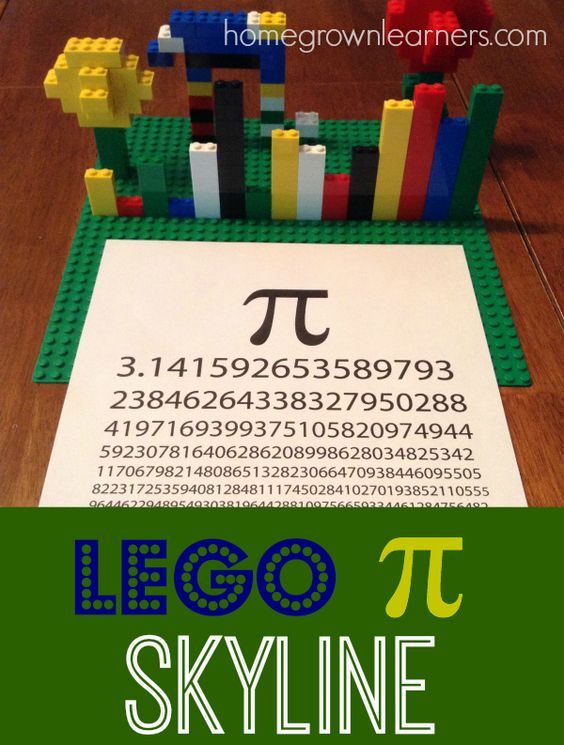
& More!

For more Pi Day inspiration and ideas on how to celebrate visit our “Pi Day Activities” board on Pinterest!
Don’t forget to give us a follow at California Casualty to stay up to date on every new kindness idea we discover! Scan our Pincode with your Pinterest camera to follow:

This article is furnished by California Casualty, providing auto and home insurance to educators, law enforcement officers, firefighters, and nurses. California Casualty does not own any of the photos in this post, all are sources by to their original owners. Get a quote at 1.866.704.8614 or www.calcas.com.
by California Casualty | Educators |
Collecting and analyzing student data doesn’t have to be burdensome. Using the right data-tracking tools, teachers can efficiently use student data to guide instruction. Check out some different ways you can easily track student data.
Google Forms – If you are into technology as a means for data collection, Google Forms may be beneficial to you. This survey tool can gather student data for you in a Google spreadsheet. Try these tips on using Google Forms for formative assessment checklists.
Data Folders for Students – I ask my students to graph their own progress on weekly assessments and quizzes. Tracking their own data gives students ownership over their accomplishments or struggles, and, in many cases, helps students to improve. I use data folders similar to this free one from Bunting, Books, and Bright Ideas. I provide folders and keep them in an easily accessible basket. These are also great to show parents at conference time!
Classroom Data Walls – Displaying student data creatively on a bulletin board is a debatable method of tracking student data. However, WeAreTeachers says “the key to these boards is that they are limited to a single skill set of foundational skills that mostly require memorization. Giving students permission to monitor their own progress makes it feel more like a game than a report card.” To make your data wall more confidential, use student numbers in lieu of student names. I have found these data walls to be motivating for many students.
Teacher Data Binder – Keeping all of your student data in one, organized, central location keeps you up-to-date on student progress. When you need to access student information quickly, a data binder comes in handy. This free, printable data binder from The Curriculum Corner contains everything you need to make your own. Or, try these free data tracking sheets from Brandy Shoemaker.
Data Clipboards – Clipboards are especially useful for small groups. Color code your clipboards or mark them in a way that makes them easy to identify when you need to grab one quickly. Hang them on the wall near where your groups meet. Students can track data themselves using the clipboards or the teacher can use them as an assessment-tracking tool.
This article is furnished by California Casualty, providing auto and home insurance to educators, law enforcement officers, firefighters, and nurses. Get a quote at 1.866.704.8614 or www.calcas.com.
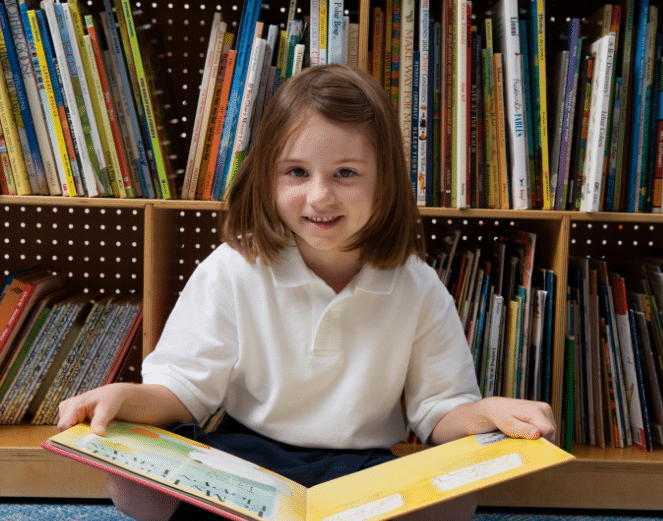
by California Casualty | Educators |
March 2nd is Read Across America Day- also known as Dr. Suess Day! It’s a day designated to help celebrate young readers and encourage them to continue on their reading journey.
This year the National Education Association is celebrating Read Across America Day all year round with tools and resources that promote reading daily.
If you want to participate, but need help finding books for your students on a tight budget, here is a short list of free & low-cost books for your classroom.
5 Free & Low-Cost Book Websites:
First Book – is a non-profit organization for children in need. The First Book Marketplace offers thousands of brand new resources at 50-90 percent off retail price including books, school supplies, e-devices, teacher resources, games, and other educational materials.
WNDB in the Classroom – provides free, diverse books to low-income schools around the country.
Epic! – has over 35,000 eBooks, Learning Videos, Quizzes, and more for K-5- all available on their website for free!
Open Library – is a non-profit internet archive for books for adults and children. The website offers over 20,000 different free ebooks for children.
Literacy Empowerment Foundation – assists educational programs by providing inexpensive books. Recipients get free books – in sets of 100 – all they have to pay is shipping, handling, and administrative costs.
You can find the full list of free & low-cost books at https://www.readacrossamerica.org/free-books-for-kids-classrooms/
Happy Reading!
This article is furnished by California Casualty, providing auto and home insurance to educators, law enforcement officers, firefighters, and nurses. Get a quote at 1.866.704.8614 or www.calcas.com.

by California Casualty | Educators |
Librarians have changed over the last 50 years; they do way more than just keep books and maintain students. They are an essential part of every school. Some districts use the term “teacher-librarian” to emphasize that the school librarian is primarily an educator or “library media specialist” to emphasize that the school librarian is in charge of more than just books.
School Librarians are highly trained literacy professionals skilled in tech and print, and they play key roles in helping students develop academically. Librarians are also a helpful resource to teachers! They are a great source of knowledge and can collaborate with teachers for student resources and classroom projects. A librarian’s goal is to teach students how to learn and help teachers drive student success.
Here are 7 reasons why librarians are important to our schools.
They are skilled in inquiry-based learning
Librarians have been using this learning tactic for years when it comes to developing student’s skills. Teachers can collaborate with their librarians for an easier transition into inquiry-based learning.
Collaborating with teachers
They work with teachers to implement strategies and create projects that require research and critical thinking, as well as provide them with the correct resources and data that they need.
Teach students technical skills
These skills include being able to select, evaluate, and use information that they find online appropriately and effectively. They also teach students to guard their privacy online and the importance of sharing information ethically.
Match students to appropriate resources
They have access to all kinds of information and create a safe space for students to ask questions and learn. They can recognize student needs and guide them to the correct resource -whether it’s simple or diverse- and meet the student’s preferences in the background, culture, genre, etc.
Co-teach lessons that require research and technology skills
Librarians are often educators as well, have a teaching certificate, and an MBA (or are working towards one), so they are certified to co-teach lessons to students on digital literacy and the use of technology. They also manage multiple resources to make sure students have a vast array of information at their disposal.
Provide professional development to other educators
Certified librarians take courses and learn the American Association of School Librarians standards and build standards-based units using those materials. School librarians can offer books and readings for classrooms to reach those standards.
They are literacy leaders
Librarians are key leaders within their schools. Reading is the key to life-long learning and they create events, programs, and incentives to help make reading fun and introduce new technology to help advance students in their readings and research.
Thank you, Librarians! Our schools wouldn’t be the same without you!
This article is furnished by California Casualty, providing auto and home insurance to educators, law enforcement officers, firefighters, and nurses. Get a quote at 1.866.704.8614 or www.calcas.com.

by California Casualty | Educators |
Our Education Blogger is a public school teacher with over a decade of experience. She’s an active NEA member and enjoys writing about her experiences in the classroom.
20 Attention-Getters to Quiet Any Noisy Classroom
Part of a good classroom management system includes a way to get the attention of students. When it is time for students to stop, focus, and be ready to listen and learn, an attention-getter should be in a teacher’s magic bag of management tricks. Attention-getters should do the job quickly and efficiently. Grabbing the focus of students will be a snap with some tried and true attention-getters.
Call and Response
- Teacher says “Hey Hey!” and students respond with “Ho Ho!” I’ve been using this one in my classroom ever since I began teaching.
- Teacher: “Let’s Go Tigers!” Students reply by clapping: clap, clap, clap, clap, clap. Insert your favorite sports team or even your school mascot.
- Teacher says “Flat Tire!” Students say: “sssshhhhhhhh.” Put a limit on how long the “ssshhh” should be. Some jokesters may drag it out a bit too long.
- Teacher says: “Class, class.” Students say: “Yes, yes.”
- Paying homage to a Disney classic, the teacher says “Hakuna!” while students call out “Matata!”
- Teacher says: “Meanwhile” Students say: “Back at the ranch.”
- Teacher says: “Hocus Pocus!” Students say: “Everybody Focus!”
- Teacher says: “Alright, stop!” Students say: “Collaborate and listen.”
- Teacher says: “Macaroni and cheese.” Students say: “Everybody freeze!”
- Teacher says: “All set.” Students say: “You bet!”
Non-verbal
- Teacher claps once, students respond with two claps. You could even use patterns.
- Teacher silently raises one hand in the air with two fingers up like the peace signal. Students will mimic teacher until the entire class is silent while giving the peace signal.
- Use a bell, timer, or doorbell. When students hear the audio signal, they stop to listen.
- Find an item, like a hat or glasses, to put on when you need students to focus on you.
- Use a quiet instrument, such as a triangle, wind chime, drum, or sound block.
- Flick the lights off and on until students are ready to learn.
- Create a paddle with a stop sign on it. Hold it up when you need the attention of students.
- Play a song, or part of a song. When the song is over, students must be quiet and focused.
- Teacher raises hand in the air while silently counting down with fingers. When no fingers are left, the class should be ready to learn.
- Wave a flag, or wand, in the air for all students to see. Students must be silent and listening by the time you lower the flag.
Find at least one attention-getter with which you are comfortable, or create your own. Practice your intended attention-getter with your students often to get desired results. Are students not responding to your usual attention-getter? Switch it up! Change your attention-getter altogether, or mix up what you usually use. Don’t be afraid to get a little silly, only if your students can handle it. Say it in a different accent, or stretch it out in slo-mo.
We’d love to hear from you! Do you have a preferred attention-getter? Please share your favorite attention-getter in the comments below!
This article is furnished by California Casualty, providing auto and home insurance to educators, law enforcement officers, firefighters, and nurses. Get a quote at 1.866.704.8614 or www.calcas.com.

by California Casualty | Educators |
Teaching students how to properly research on the internet is a difficult task. With the right tools, teachers can help students find reliable, meaningful information. Help your students conduct online research using these safe, effective search engines and websites.
Kidtopia – Kidtopia is a Google custom student safe search engine for preschool and elementary students, indexing only educator-approved websites.
SafeSearchKids – Safe Search for Kids is a powerful, safe search tool that filters search results to enhance your students’ safe search experience. Powered by Google.
KidsClick! – Annotated searchable directory of websites created for kids by librarians. Searchable by subject, reading level and degree of picture content.
SweetSearch – SweetSearch is a search engine for students. It searches only credible websites approved by Internet research experts.
KidRex – Fun and safe search for kids, by kids.
Famhoo – Kid and family-friendly search engine, filtered search results that remove adult content. Great for all ages.
OneKey – OneKey has partnered with Google to keep kids safe on the Internet.
KidzSearch – Family-friendly safe search engine for children.
Primary School Safe Search – Primary School Safe Search is a great place to start internet sessions for children and teachers. Internet searches are filtered.
FactMonster – Fact Monster is a free reference site for students, teachers, and parents.
Kiddle – Kiddle is a visual search engine for kids powered by Google, offering safe kids web, image, and video search.
GoogleScholar – Google Scholar is a search engine designed to search scholarly journals, Supreme Court records, and patent records. In some cases, the results will link to abstracts of books and articles that you will then have to obtain from a library or book retailer. In other cases, results will link to fully viewable documents.
refseek – Academic search engine for students and researchers. Locates relevant academic search results from web pages, books, encyclopedias, and journals.
WolframAlpha – WolframAlpha is a computational search engine. If students have any questions involving numbers, Wolfram Alpha is the place to go. Wolfram Alpha can be used for other searches, but it’s not nearly as useful for general inquiries as it is for computational questions.
This article is furnished by California Casualty, providing auto and home insurance to educators, law enforcement officers, firefighters, and nurses. Get a quote at 1.866.704.8614 or www.calcas.com.
















